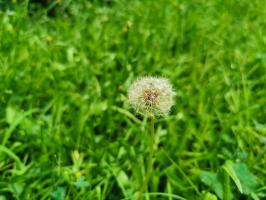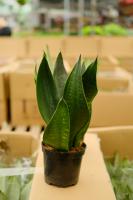How to Water a Self Watering Planter
Self watering planters are a great addition to any garden or indoor space. They take the hassle out of traditional plant watering and make it easy for even the busiest of people to maintain a lush garden. However, knowing how to properly water a self watering planter can be confusing. Here is our guide to help you keep your plants thriving!
Understand the System
The first step in watering a self watering planter is to understand how the system works. Self watering planters work by using a wicking system, where water is drawn up from a reservoir at the bottom of the planter into the soil via a wick or other mechanism. This allows your plants to take up water as they need it, without over or under watering.
Check the Water Level
While a self watering planter may require less maintenance than traditional planters, it is still important to check the water level regularly. Most self watering planters come with a water reservoir that can be accessed via a fill hole or other opening. Check the water level at least once a week and add more water if needed.
Monitor Plant Growth
As your plants grow, they will require more water to support their increased size and water uptake. Keep an eye on your plants and adjust the water level accordingly. You may also need to adjust the rate at which water is dispensed into the soil. Some self watering planters come with adjustable vents or other mechanisms that allow you to fine tune the system to meet your plant's needs.
Top Up Fertilizer
While self watering planters are efficient at delivering water to your plants, they do not always provide enough nutrients. Adding fertilizer or other plant supplements can help ensure your plants get the nutrients they need for optimal growth. Top up your fertilizer as needed, following the manufacturer's instructions for best results.
Empty and Refill the Reservoir
Over time, the water in your self watering planter may become stagnant or contaminated with algae or other growth. To keep your plants healthy, it's important to empty and refill the water reservoir every few months. This will also allow you to inspect the wicking system and make sure it is functioning properly.
Conclusion
By following these simple tips, you can keep your self watering planter functioning at its best, ensuring healthy and thriving plants. Remember to check the water level regularly, adjust as needed, top up fertilizer, and empty and refill the reservoir when necessary. With these steps, you can enjoy the benefits of a lush and vibrant garden with minimal effort!

 how many times do yo...
how many times do yo... how many planted tre...
how many planted tre... how many pine trees ...
how many pine trees ... how many pecan trees...
how many pecan trees... how many plants comp...
how many plants comp... how many plants can ...
how many plants can ... how many plants and ...
how many plants and ... how many pepper plan...
how many pepper plan...
































